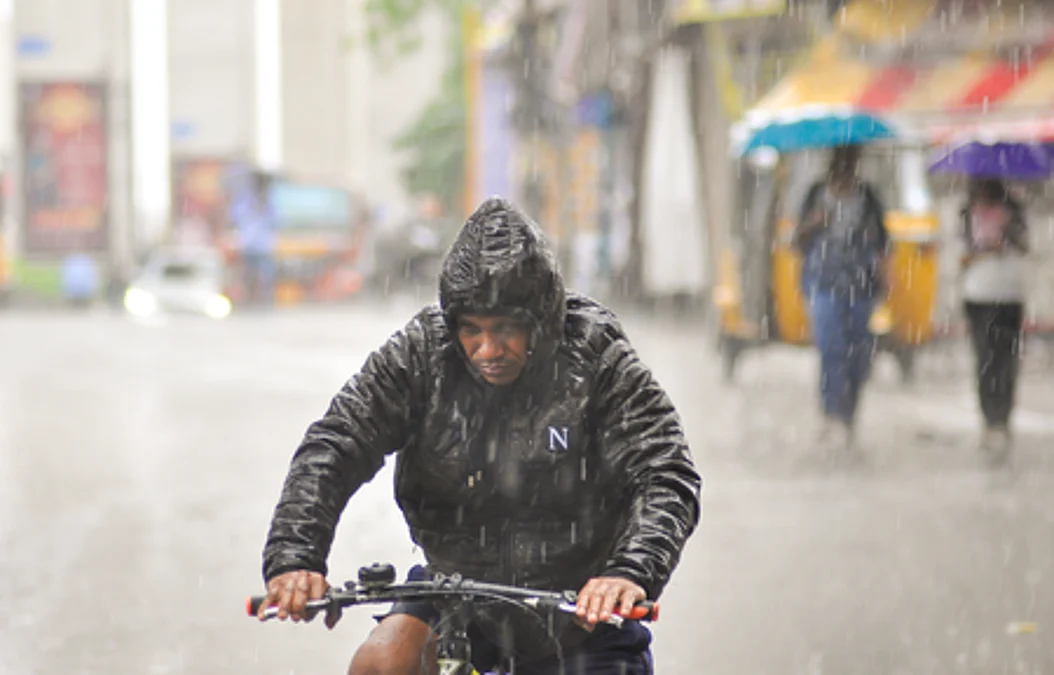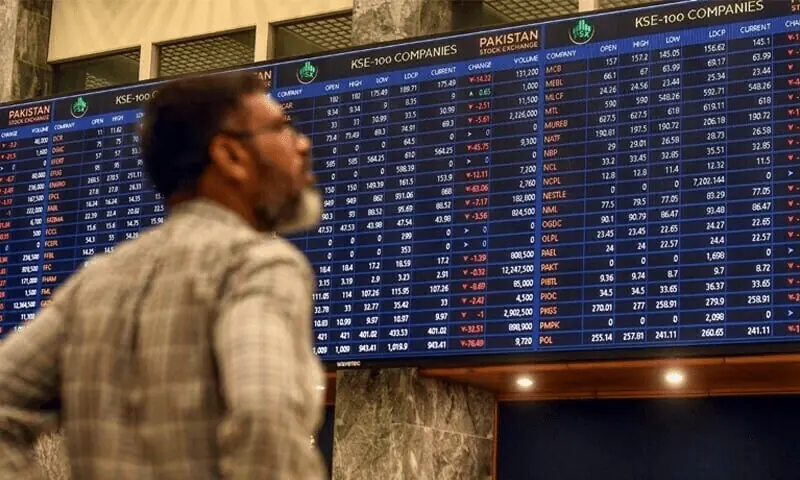Copyright gulfnews

Dubai: As Cyclone Montha battered the Andhra Pradesh coast on tuesday, many wondered about the storm’s name — and why these powerful weather systems, born far out at sea, almost always head toward land. Here’s a quick explainer.Why the name Montha?The name Montha was suggested by Thailand as part of the World Meteorological Organization’s (WMO) regional system for naming cyclones in the North Indian Ocean. Each member country — including India, Thailand, Oman, Saudi Arabia, Bangladesh, Sri Lanka and others — submits a list of culturally meaningful names, which are then used sequentially as new storms form.“Montha” in Thai refers to a fragrant flower, symbolising calmness and beauty — a poetic contrast to the destructive force of a cyclone. Thailand, like other countries, chose names drawn from its language and cultural identity to represent its contribution to the shared regional list..130+ flights cancelled as tropical cyclone Opong batters the Philippines. This naming system was introduced to make storm communication easier for the public, governments and media. Instead of technical coordinates or storm numbers, names like Titli, Fani, Mocha and now Montha are easier to recall, track, and issue warnings about.Why do cyclones move towards land?Tropical cyclones form over warm ocean waters, where rising heat and moisture create a spiralling low-pressure system. As they strengthen, these storms are steered by prevailing wind patterns — especially the trade winds and the steering flow of the atmosphere..Cyclone warning: Possible severe tropical storm Opong threatens to hit Philippines. In the North Indian Ocean, these winds generally push cyclones from southeast to northwest, nudging them toward the Indian coastline. The rotation of the Earth — the Coriolis effect — adds to this westward-northward movement.Cyclones seek areas of lower atmospheric resistance, and landmasses often lie along their natural trajectory. When they approach the coast, friction with land and reduced moisture begin to weaken them, but not before they unleash heavy rain, strong winds and storm surges.This is why states like Andhra Pradesh, Odisha and West Bengal often face the brunt of such storms, especially during the pre- and post-monsoon seasons.The big pictureWhile technology now allows early detection and naming, the path of a cyclone still depends on nature’s complex balance of heat, pressure and wind. So, when Montha came ashore this week, its gentle name — meaning “fragrant flower” — stood in stark contrast to the fury it brought.



